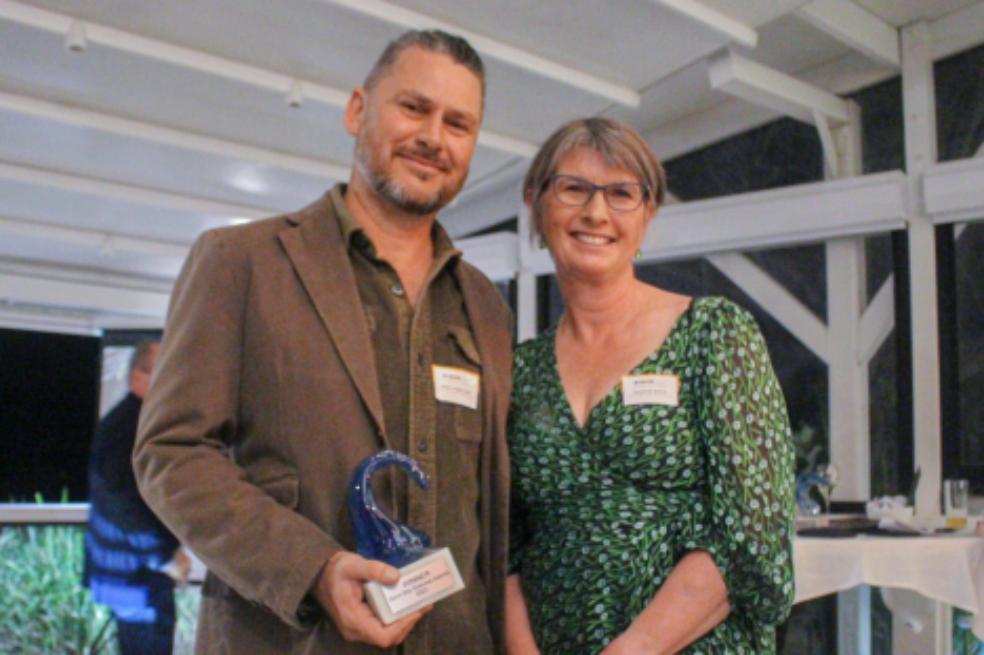
The paradox of so-called ‘disengaged’ young people
If we cannot resolve the paradox of so-called ‘disengaged’ youth, some of our most vulnerable young people may never get the mental health treatment they so desperately need.
Ever heard of a young person who is in desperate need of help but either refuses to engage with the support that’s on offer, or if they do engage, they get very little out of it? Perhaps you even are one, or were one once yourself? For many vulnerable young people, the idea of going to sit in a room to talk to someone, like a psychologist, about their problems is the last thing they want to do. The clinical environment may feel alien or even stressful to them. The expectation to talk with someone they have never met before about very personal things may be overwhelming and perhaps even traumatic. For many the idea of seeking help is in and of itself hard enough to come to terms with: so fronting up to a ‘shrink’s’ office – forget it!
It seems that not a week goes by without renewed proclamations of our youth mental health crisis, and calls for more funding for youth mental health support. We’ve all seen the shocking statistics and heard the heartbreaking stories. And yet, despite all the political posturing and promises of more funding the reality is that there are still very few services available that are capable of engaging our most at risk young people – young people often referred to as ‘disengaged’ youth, as though the lack of engagement of a struggling young person with existing services is a failure of some kind on their part, rather than a dereliction of the responsibility of our institutions to discover and employ what works in engaging the people they exist to serve.
The national rollout of Headspace centres was an attempt at providing mental health services that are accessible and effective to young people – and to some extent it achieves this with large-scale ‘youth-friendly’ affordable, one-stop-shop facilities where many young people receive good therapeutic support. Unfortunately however, whilst it is a great step forward, it remains a model that on the whole requires a young person to be motivated to, and able to, attend a Headspace centre and sit in a room with a clinician for a therapy session. What of those who can not, or will not, ever walk through the door of a Headspace centre, despite facing significant challenges in their lives, and being at considerable risk of lamentable outcomes – the ‘disengaged’? Well, a study conducted by Headspace which looked at 824 13-25 year olds who died by suicide, found that 45.9% of them had no contact with any service for mental health issues within the year before their death. That’s right – almost half of them accessed no mental health support in the lead up to their suicide. Clearly we need to do better at creating the right kind of care for disengaged youth that is accessible to all those who need it.
So, if we have young people at risk of tragic consequences who are not receiving the support they need – what do we do about it?
We need to rethink our approach to service delivery and specifically tailor mental health interventions to the so-called disengaged. The good news is that it’s possible. There are many highly skilled youth workers who are masters at engaging young people. They know how to meet them where they are at – to take the time to connect and build trust, to go to them, and to engage them in the things that they are interested in and enjoy. What’s often missing here however are the clinical skills to work therapeutically with underlying trauma, emotional distress and psychopathology.
Human Nature Adventure Therapy for disengaged youth
Human Nature Adventure Therapy is an innovative youth mental health service that takes clinical care outside of the clinical setting and works hard to build powerful and effective therapeutic alliances with the young people we exist to support. A multidisciplinary team of mental health professionals (Psychologists, Social workers and Therapeutic Mentors) utilise flexible and individualised approaches combining a strong focus on both engagement with evidence-based therapy. We literally take the therapy to them, and whilst building trusting and caring relationships we integrate the therapeutic work with activities they enjoy: ideally in the outdoors, and ideally incorporating proven key precursors to good mental health – exercise, diet and connection to self, others and nature. Without out-of-the-box approaches like this our mental health system will continue to fail to engage the disengaged, and miss the opportunity to support our most vulnerable young people to transform trauma and disadvantage into healing and growth.
Ask anyone who has sought support for a young person what’s out there and they’ll most likely describe something akin to a barren and desolate landscape of mental health services with seekers of support searching for scraps. Headspace centres and private psychology clinics are overcrowded with long wait lists and an inability to be responsive to the needs of the most needy.
Conclusion
Therapy works. The results have been in for a long time on this one. It even matters little what therapeutic approach is employed – as long as the therapist is well trained and utilises appropriate evidence-informed, trauma-aware, approaches. Therapy absolutely does not work if the therapist can not connect with the person needing help.
We are here to support you. Reach out to us anytime.


